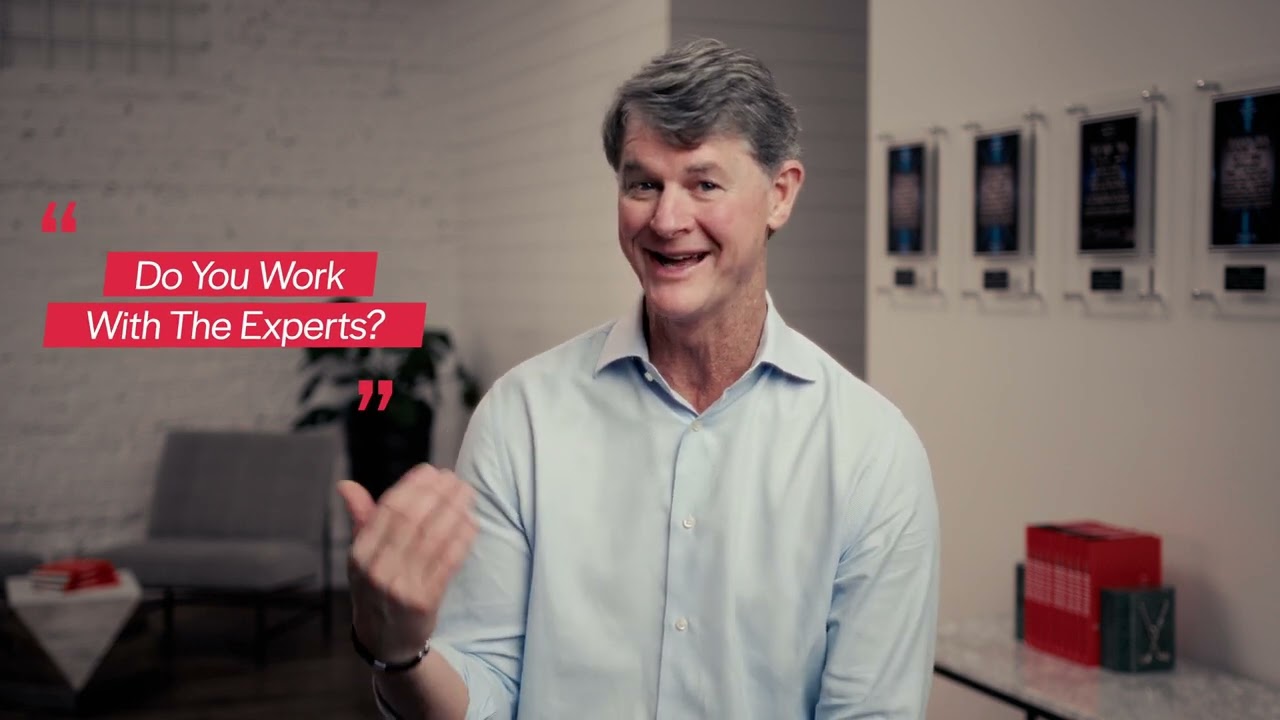How to Get a Decision-Maker Interested in Your Solution
By Tom Stanfill
April 8, 2025
3 min read
It’s one of the oldest questions in the book: How do you make people care about what you have to say?
It’s not just about your sales tactics; it’s more about how you’re delivering your prop.
Why Sellers Fail
Here’s the hard truth: Sellers fail 97% of the time.
Why?
Because they lead with their solution.
People are bombarded with over 4,000 messages daily and yours is just another one in the pile.
In other words, we’re overwhelmed with information, so our brain has to filter out what’s essential and what can be disregarded.
So what determines which messages get through?
There are two main criteria: 1) these messages are related to something we know we need or 2) they're related to a problem we know we have.
And here’s the key to engaging the decision-maker and sifting through the noise with your sales strategy: You need to lead with their whiteboard.
Lead With the Whiteboard
You need to lead with what they know they need or by solving the problem they think they have.
Engaging the decision-maker is about alignment and not about selling, so we need to find out what’s on their whiteboard.
Think about the whiteboard hanging on the wall in their office — it’s the plan for what they want and how they're going to get there.
And, if you can say something related to what’s on their whiteboard, they’re going to pay attention.
You’ll get their attention 100% of the time.
Great strategy, but it begs the question: How do you know what’s on the decision maker’s whiteboard?
In a perfect world, you’d have a relationship within the account and you could just ask:
-
What does the decision-maker care about?
-
What are they working on?
-
What are their challenges?
-
What are the problems they have?
Then, you could simply lead with whatever they say.
But, in the real world, most of the time we don’t know the answers to those questions.
Study People, Know Their Roles
So, what we need to do is study the people that we are serving.
Here’s what you need to know: Everybody you serve has a specific role.
People in that same role have similar challenges.
So if you continue to research them, to know what’s required to be successful in that role, and to learn about the biggest challenges they face, you will be able to figure out, with a high degree of certainty, what’s on their whiteboard.
And when you know what's on their whiteboard, your engagement rates will skyrocket.
It’s a simple approach, but it has exponential returns.
Have you started tackling your prospects' whiteboards?
Learn more about identifying training needs for specific needs and roles. If you want to dig even deeper into prospecting, breaking through barriers, and generating interest, take a look at ACCESS™ our premier prospecting training course. And if you'd like to talk about how ASLAN can help boost your sales team through training, coaching, and even integrating AI into your workflow, reach out—let's talk
Unlock Your Team's Full Sales Potential
Questions? Watch our CEO, Tom Stanfill, address our frequently asked questions below.

